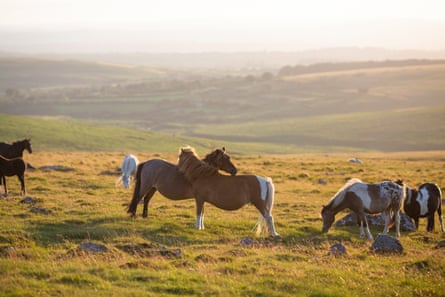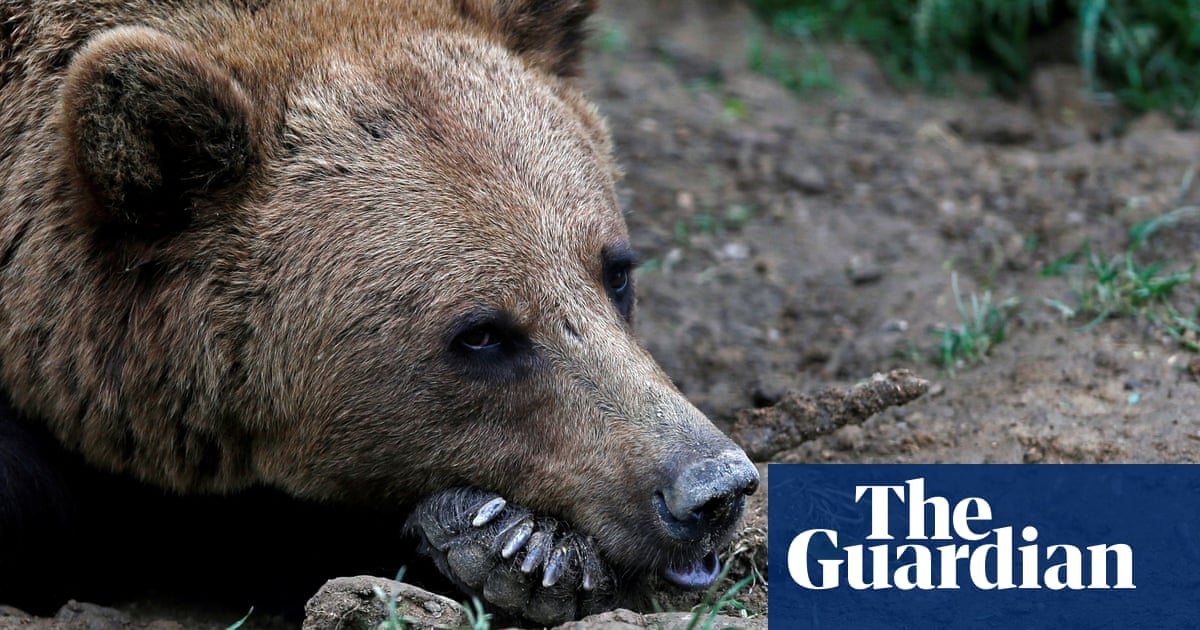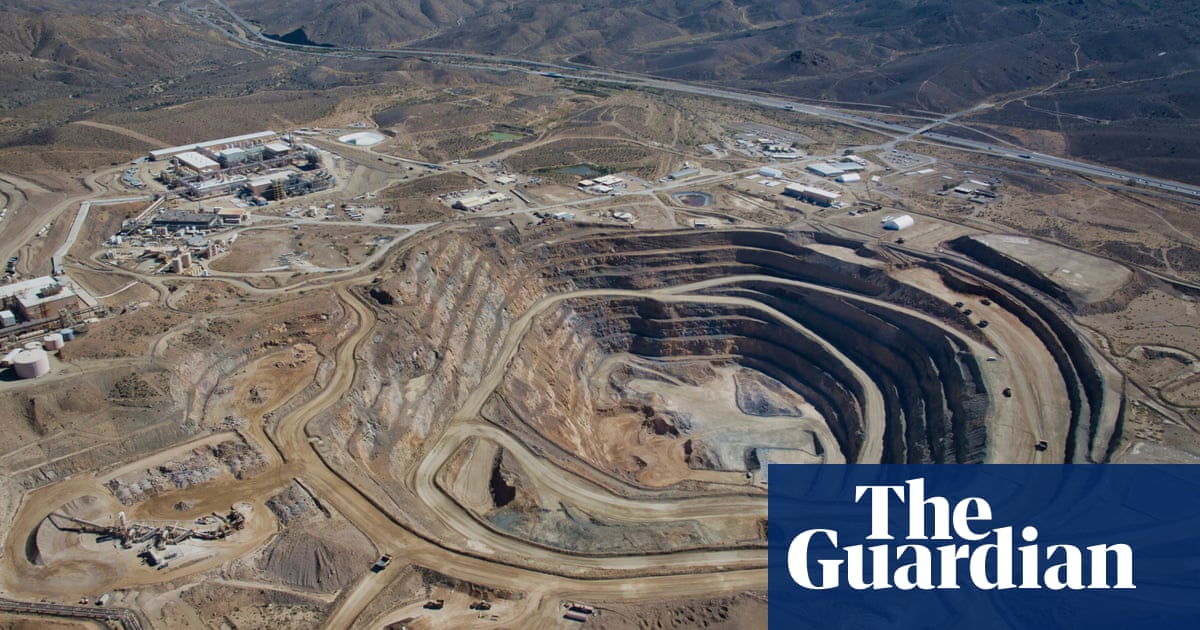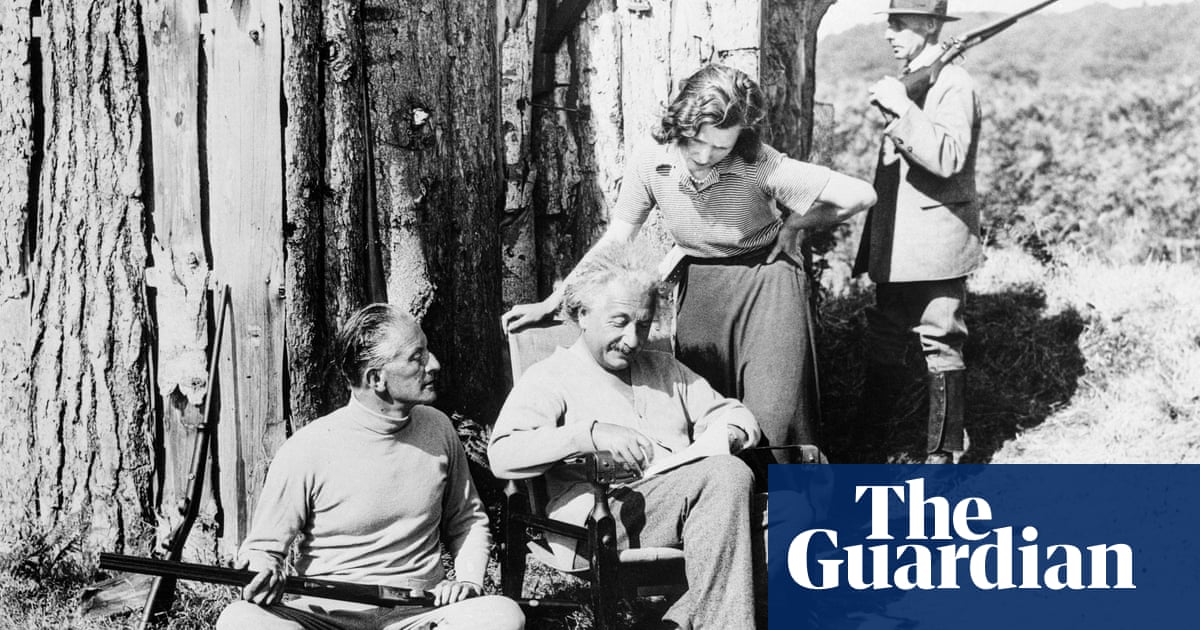Dartmoor is a place where the wild things are. Rivers thread through open moorland past towering rocky outcrops. Radioactive-coloured lichens cling to 300m-year-old boulders. Bronze age burial mounds and standing stones are reminders that humans have been drawn here for thousands of years. It is considered one of the UK’s most beautiful and precious landscapes.
Much of this moorland is officially protected as a site of special scientific interest (SSSI) because it is considered home to the country’s most valued wildlife. Its blanket bogs, heathlands and high altitude oak woodlands are treasure troves of nature.
But the wildlife that once depended on these habitats is vanishing. Dartmoor is known for its diverse birdlife, but breeding populations of golden plover, red grouse and ring ouzel have disappeared, or are on the verge of local extinction.
Conceived of 75 years ago, there are 15 national parks across the UK, designed so every citizen could immerse themselves in nature and beautiful landscapes. But their beauty can be misleading – experts say many of the landscapes that are formally recognised for their rich natural heritage are actually deserts for biodiversity.

“We have become so used to these landscapes,” says author and campaigner Guy Shrubsole, who advocates for Right to Roam on Dartmoor. “Good geology hides a lot of problems. We’re admiring rocks and not what should be a living ecosystem.”
In some cases, species and habitats are in a worse condition within national parks than they are outside them. In May, Natural England released its latest assessment of Dartmoor’s three largest protected sites, which cover nearly a quarter of the national park. The results show just 0.1% of them are in a favourable condition. The amount of land area in an unfavourable and declining condition has doubled since the last assessment in 2013.
“Dartmoor is dying,” says Tony Whitehead, a Dartmoor nature campaigner, who crunched the Natural England data.

National parks should be at the heart of the government’s pledge to protect 30% of land by 2030, but estimates suggest less than 3% of land in England is actually being protected. “What should be the best is the worst,” says Whitehead. “They are absolutely failing.”
‘We could lose the heather altogether’
Hen Tor is a one hour walk up from Trowlesworthy car park. This landscape – which falls within South Dartmoor special interest area – used to be known for its carpets of purple heather at this time of year.
But today, finding any heather at all is hard work. Getting down on our knees, we spot a handful of heather flowers hidden among the grasses. Tiny bits of bilberry – which once formed dense bushes – cling on around stones. Floral diversity has been replaced by a uniform expanse of grass, grazed close to the ground by sheep.

In winter, when this grass is sparse, sheep turn to the heather and bilberry. According to Natural England, this is leading to a “sharp decline in heather cover”. Monitoring data suggests heather cover has dropped from 25% to 1% in some areas of Dartmoor in recent years. “We could lose the heather altogether,” says Whitehead. “It’s almost all gone. What is happening here is replicated on other commons around the moor.”
At the top of the hill, a mantle of deep peat sits on top of the moor like icing on a sticky bun. But due to historic extraction and repeated burning it is in a poor state. Degraded peat has encouraged the spread of vast stretches of purple moor grass. Monocultures of the species now smother many upland areas, creating ecological dead zones. Deep scars – peat hags – have opened like wounds. Just 1% of Dartmoor’s deep peat is considered to be healthy.

Consequences trickle down. These habitats should be a stronghold for nationally declining birds such as ring ouzel, curlew, tree pipit and whinchat, but they are increasingly rare to see.
“If you ever had to describe a desert that is on a common, it is here,” says Whitehead. “It’s just desperate – the place is bleached, it’s a dead zone and I know how rich it could be. This is the exemplar of a bad site but it is not an anomaly.”
If it were assessed again today, Whitehead says this landscape would not be designated an SSSI. None of the features that made it special are here any more. “This is [now] your bog-standard rough grazing land across uplands across the UK,” says Whitehead
A failing system
At the root of the issue is land ownership. Most land within national parks is privately owned and, particularly in the uplands, used for grazing by farm animals. In Dartmoor, just 7.5% of land is publicly owned, and conservation is seen as secondary to economic interests.
Across UK upland national parks, overgrazing and moorland burning are driving these areas into poor ecological health, and a heating climate is heaping on the pressure. Conservation bodies and park authorities often have limited funding to monitor and restore ecosystems.
In 2024 the first full assessment of how national parks are supporting nature recovery found that just 6% of park land in England and Wales is being managed effectively for nature.

Mike Madgwick, from the National Trust, says Natural England’s latest assessments are consistent with the the trust’s own monitoring, which he described as “deeply concerning”.
after newsletter promotion
“These landscapes are nationally important for their wildlife, heritage, and beauty. The National Trust is committed to reversing this decline,” says Madgwick.
He acknowledged that the current system was failing: “While the Trust has worked within the frameworks available, including government-funded schemes, we acknowledge that these have not delivered the ecological outcomes needed.”
The 2024 assessment, by Campaign for National Parks, found a chronic lack of funding was preventing park authorities from improving the situation. The parks’ direct grant funding from government has been cut by 40% in real terms since 2010. According to the International Union for Conservation of Nature, none of the UK national parks meet the international definition of a protected area.

Pressure is mounting to improve the situation. The campaign group Wild Justice has launched a legal challenge to the Dartmoor Commoners’ Council (DCC) for failing to meet legal environmental duties. The hearing was held in the high court on 15 July.
The land in the Dartmoor case is privately owned by the National Trust, and is used by farmers – called commoners – with rights to graze livestock on the land.
There are about 850 commoners, or owners of properties on the commons, who have rights permitting them to keep sheep, cattle and ponies.
David Wolfe KC, for Wild Justice, said in written submissions that DCC has failed “to ensure that the commons are not overstocked” and has not issued any limitation notices “in the last 10 years”. He asked the court to order DCC to comply with its statutory duties and carry out an assessment of the number of animals that can graze, as well as order it to issue limitation notices.

The DCC says it has made assessments of overgrazing, and its legal representative said natural beauty “is a core consideration”.
The case concludes on 16 July and a written judgment is expected at a later date.
The DCC denies that it has breached those duties “either as alleged or at all, and has defended the proceedings accordingly”.
Signs of life – in the car park

Within the crags of Hen Tor itself, tiny oases of life survive. Protected from grazing, a bilberry bush and mountain ash tree are thriving. Likewise, around the car park in the valley, a wealth of bracken and scrubby trees attract garden warblers, blackcaps and thrushes.
Ironically, it is these edge landscapes – protected from the pressures of grazing – that hold the most biodiversity, and show what this land could still be. “Dartmoor still has some amazing places, but they are small,” says Whitehead.
Despite decades of overgrazing, small heather shoots can still be found – albeit in a fragile state – which means restoration would be possible, if done soon enough. “This land needs a rest, there should be no sheep here over winter”, says Whitehead, who says if sheep stocking densities were lower, the land would start to bloom again.
If not, ecologists believe the wildlife that once lived here will become a relic of the past – the place where the wild things once were.
The quiet crisis unfolding here is not isolated but repeated across UK national parks. Understanding what is happening means looking more closely – not just at the beautiful scenery, but all that is missing too.

 11 hours ago
7
11 hours ago
7

















































